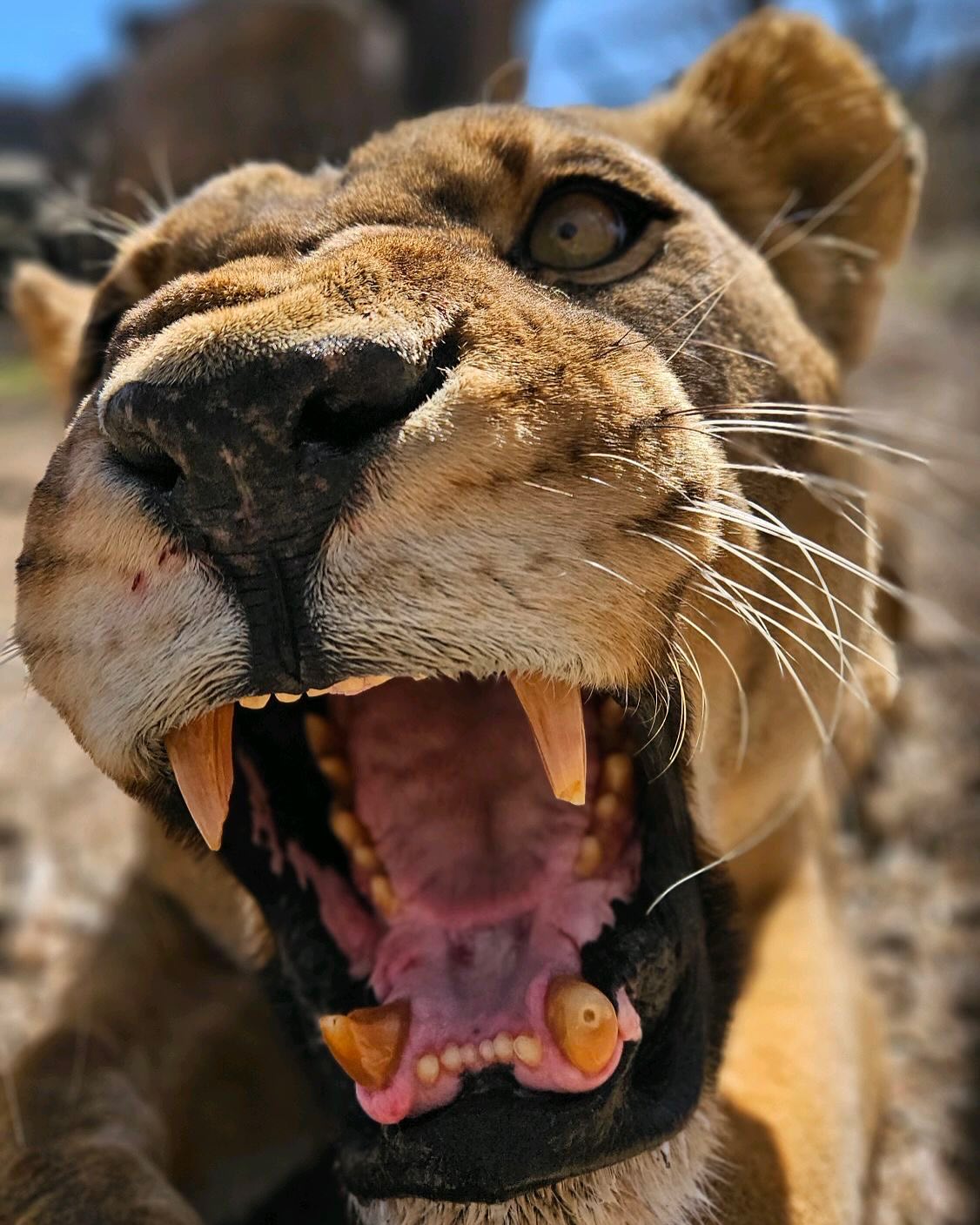- Embrace the ongoing fun at the Zoo with the GET UP, KIDS! SPRING BREAK’S OVER initiative.
- Explore the benefits of visiting the zoo, including educational opportunities and wildlife conservation.
- Understanding the role of a zookeeper in managing animal welfare and creating enriching environments.
- Learn how zoos contribute to biodiversity conservation and environmental education.
- Reflect on the impact of human activity on wildlife and the importance of conservation efforts.
The GET UP, KIDS! SPRING BREAK’S OVER initiative aims to keep the excitement alive at the Zoo, despite the return to early morning routines that often accompany the end of vacations. The zoo, open daily from 9 am to 5 pm, offers educational and entertaining experiences, maintaining its allure for visitors of all ages. Through this initiative, the Zoo encourages families and school groups to embrace the educational and conservation-focused activities it hosts.
Zoos serve as important centers for learning, providing individuals with opportunities to gain a deeper understanding of various species and ecosystems. When visiting the zoo, guests can observe animals from different habitats around the globe, offering insights into their behaviors, diets, and social structures. Such interactions foster a connection between people and animals, which is essential for promoting conservation awareness and informed stewardship of the environment.
At the heart of the Zoo’s offerings is a team of dedicated zookeepers and staff who work tirelessly to maintain animal welfare. Keeper Melissa and her colleagues are responsible for the daily care and enrichment of animals, ensuring their physical and psychological well-being. These professionals utilize an array of techniques to replicate natural behaviors and provide stimulation to the animals under their care. This includes offering varied diets, complex enclosures that mimic the animals’ native habitats, and activities designed to engage their senses and instincts.
The conservation mission of zoos extends beyond their walls, playing a significant role in global biodiversity preservation. Many institutions participate in breeding programs for endangered species, contributing to the conservation of genetic diversity and aiding in the reintroduction of species into the wild. Educational programs targeted at both children and adults raise awareness about the importance of biodiversity and the steps individuals can take to protect natural habitats.
Human activities, such as deforestation, pollution, and climate change, pose significant threats to wildlife and ecosystems. In light of these challenges, zoos act as advocates for wildlife conservation and educators in the fight against environmental degradation. Through interactive exhibits and informational signage, visitors are introduced to the consequences of human impact on animal populations and the critical need for sustainable practices.
In addition to conservation efforts, zoos provide vital research opportunities. Scientists work within these institutions to study animal behavior, physiology, and genetics, producing data that aids in wildlife management and habitat restoration efforts. These studies can lead to groundbreaking discoveries that inform conservation strategies and promote the long-term survival of species.
Engagement with the zoo’s offerings encourages visitors to contemplate the relationship between humans and the animal kingdom. The GET UP, KIDS! SPRING BREAK’S OVER initiative provides an excellent platform for families to appreciate the richness of nature and recognize their role in preserving it for future generations. This program underscores the importance of reconnecting with the natural world, even as modern life pulls individuals towards technological advancement and urbanization.
Visitors to the zoo will find a diverse range of species housed within thoughtfully designed enclosures. Each habitat is constructed to mimic the natural environment of its inhabitants, promoting natural behaviors and enhancing their quality of life. Zoos employ habitat design specialists who incorporate elements like water features, climbing structures, and vegetation to ensure animals experience a sense of home akin to their wild counterparts.
Animal welfare is a primary focus in zoo management practices. Zoos are continually innovating ways to enhance the living conditions of animals, utilizing the latest scientific research to inform care protocols. A commitment to welfare entails ongoing assessment and adaptation of husbandry techniques to meet the specific needs of each species.
The presence of educational programs and interactive workshops is a highlight of the Zoo’s initiative. Programs such as animal feedings, behind-the-scenes tours, and keeper talks allow the public to gain a deeper appreciation for the challenges and responsibilities inherent in wildlife conservation. These programs are designed to inspire future conservationists and foster a lifelong commitment to environmental stewardship in young attendees.
By hosting creatures from across the globe, zoos serve as living libraries of biodiversity, offering a tangible link to the natural world. Visitors learn about the ecological roles of different species, the dynamics of ecosystems, and the interconnectivity of plant and animal life. This knowledge is crucial for understanding how to protect and sustain the planet’s natural resources.
Through collaborations with conservation organizations, academic institutions, and government entities, zoos amplify their impact on wildlife conservation. These partnerships enable the sharing of expertise and resources, facilitating initiatives such as habitat restoration projects, anti-poaching campaigns, and sustainable tourism development. As a result, the zoo’s role extends beyond entertainment to become a pivotal ally in global conservation efforts.
The GET UP, KIDS! SPRING BREAK’S OVER initiative is a reminder of the joys and responsibilities associated with fostering a connection to the animal kingdom. Whether it’s discovering the playful antics of lemurs or listening to the calls of exotic birds, visitors leave with a heightened awareness of the diversity and fragility of life on Earth. The zoo continues to be a beacon of education and conservation, encouraging all to participate actively in preserving the wonders of nature for generations to come.
*****
Source Description
GET UP, KIDS! SPRING BREAK’S OVER. 📢🦁
The fun at the Zoo hasn’t stopped just because the pain of waking up early in the morning is back (though for some of us it never left 🤪). We’re still open daily, 9 am to 5 pm!
📸: Keeper Melissa


